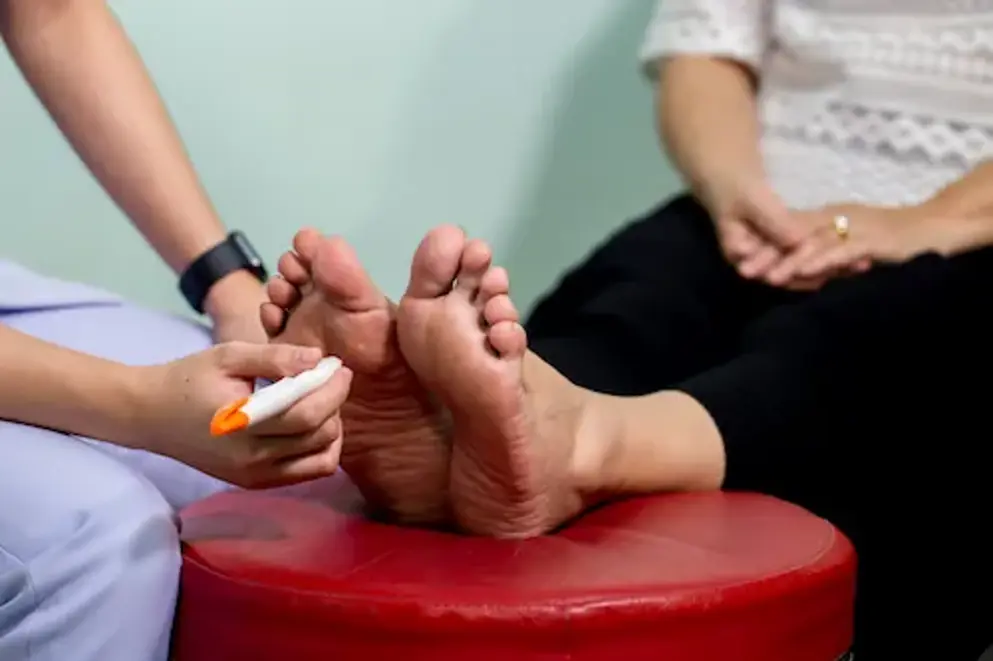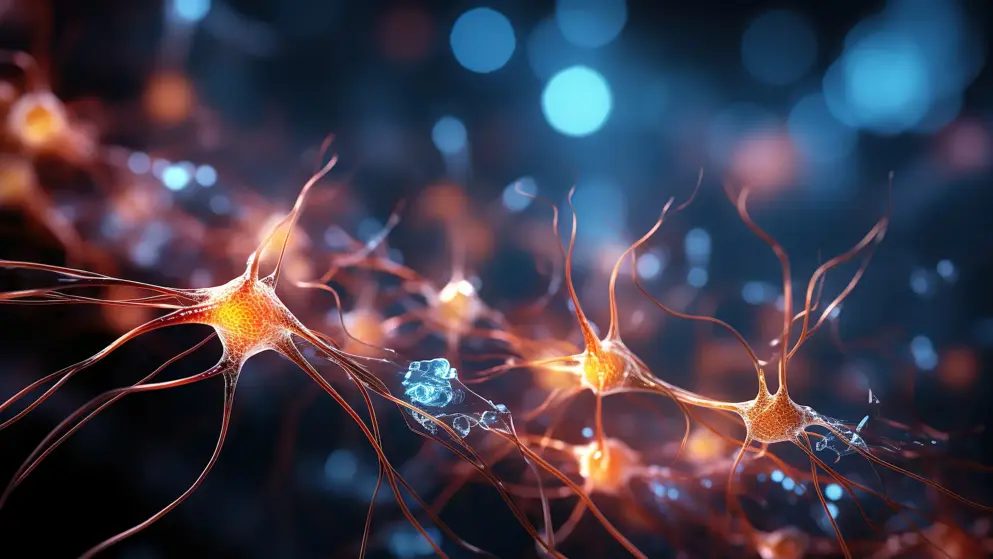
Imaging offers clarity in people with CIDP
By Kayla Lee
A systematic review published in the European Journal of Neurology suggests that ultrasound and magnetic resonance imaging (MRI) can support clinicians in refining the diagnosis of chronic inflammatory demyelinating polyneuropathy (CIDP), particularly in patients who do not meet standard diagnostic criteria.
Stefano Tozza (University of Naples Federico II, Italy) and colleagues conducted the review to evaluate the role of imaging – specifically ultrasound and MRI – in the diagnosis, prognosis, and follow-up of CIDP. They included 106 studies: 63 focused on ultrasound and 43 on MRI.
The findings indicate that ultrasound and MRI “may be more useful than NCS [nerve conduction studies] for prognostic evaluation, predicting treatment response, and monitoring subclinical disease activity.” For example, one study found patients with a Bochum ultrasound score greater than 4 may serve as an indicator of disease progression, with 80% sensitivity and 88% specificity.
The team also found strong evidence to support a role of the imaging techniques in CIDP diagnosis. MRI of the nerve roots and plexuses was able to differentiate CIDP from healthy controls and from other peripheral nervous system disorders, including Charcot-Marie-Tooth disease type 1A, motor neuron disease, and multifocal motor neuropathy.
Similarly, ultrasound was able to distinguish CIDP from healthy controls and a broad spectrum of PNS conditions, including Guillain–Barré syndrome, hereditary demyelinating neuropathies, axonal neuropathies, paraproteinemic neuropathies, and dysmetabolic neuropathies.
Of note, ultrasound identified chronic inflammatory neuropathy in up to 25% of patients with normal NCS. A short protocol focusing on the median nerve and C5 root improved sensitivity, but reduced specificity compared with EFNS/PNS (European Federation of Neurological Societies/Peripheral Nerve Society) 2010 criteria. Likewise, MRI revealed typical changes, such as thickening and gadolinium-enhancement in patients not fulfilling the NCS criteria for CIDP.
Although both imaging techniques showed benefits in assessing patients with CIDP, the researchers note that ultrasound “offers several advantages due to its bedside applicability, cost-effectiveness, and ease of use by neuromuscular specialists, making it a more practical and accessible tool in clinical practice.”
Tozza and team conclude that “although the evidence for each of these diagnostic tests is limited, since the studies are often small without the use of a clinically relevant control group, they can help clinicians in doubtful CIDP cases.”
However, they stress that “NCS remain the primary instrumental test for CIDP.”
Developed by EPG Health for Medthority, independently of any sponsor.
of interest
are looking at
saved
next event



